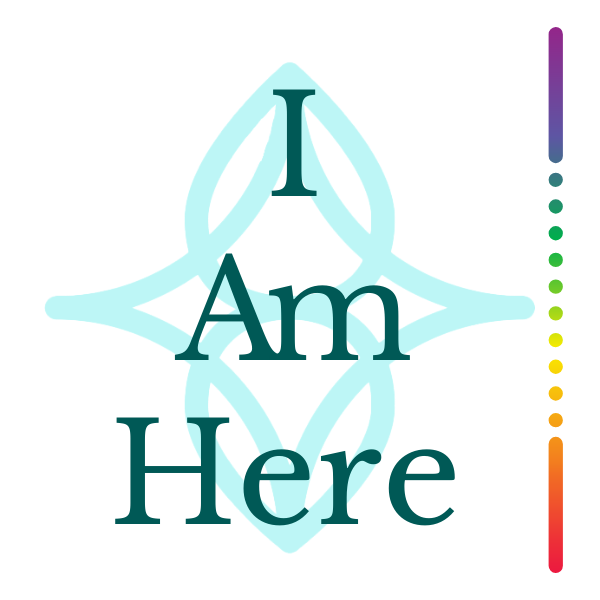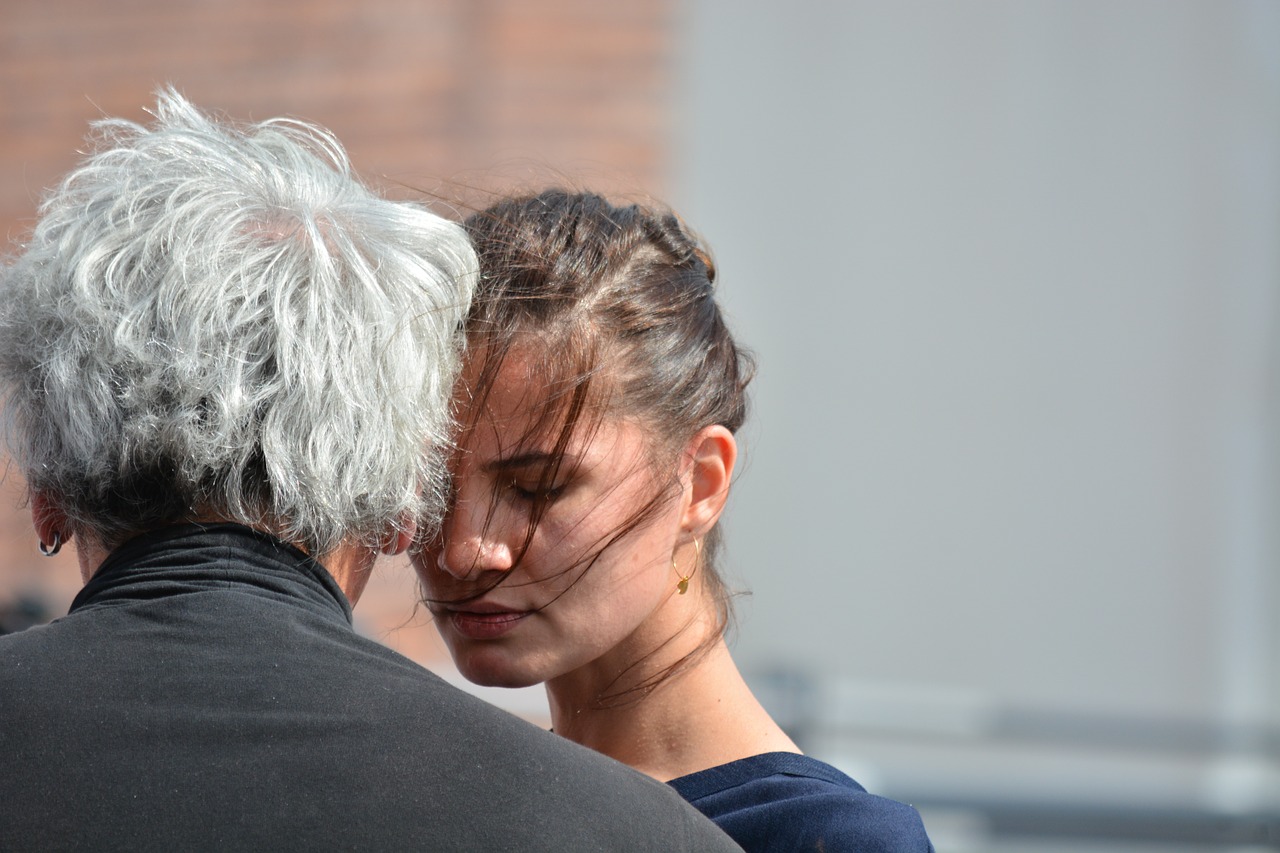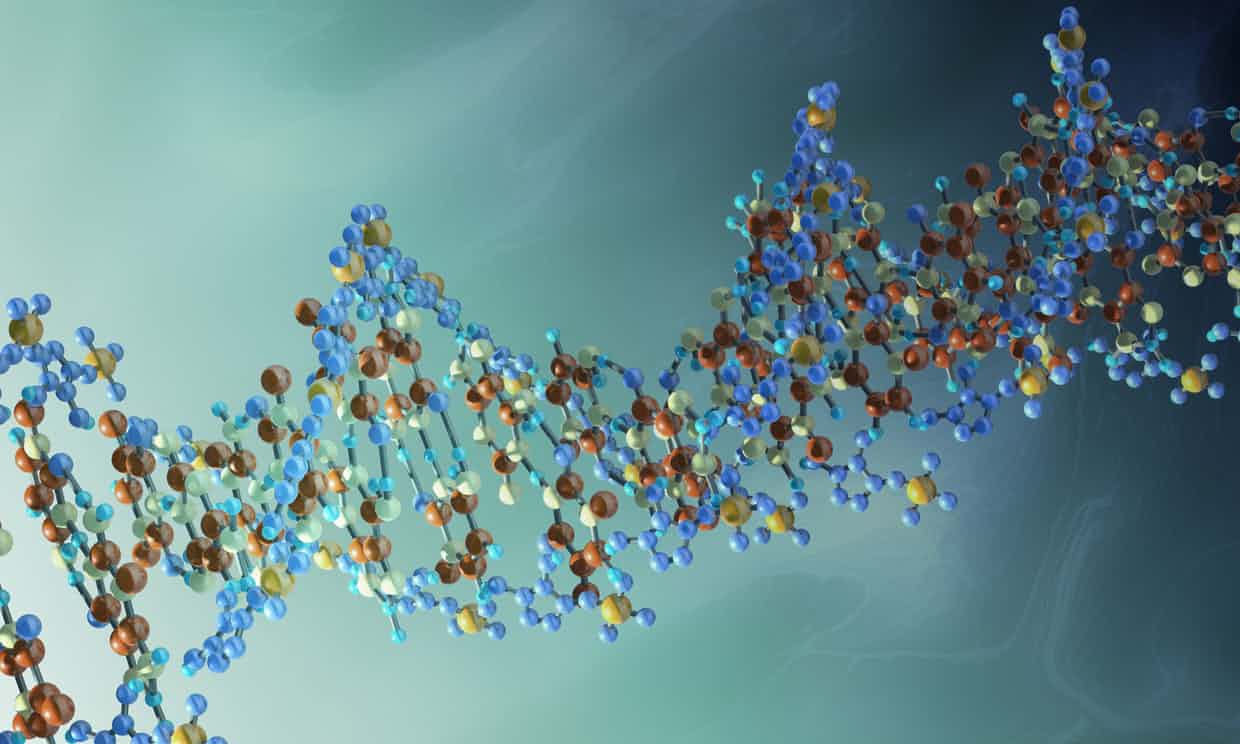Our genes form our personalities. But often, the rejection of the personality as ‘illusory’ is a repeat of an old formula of spiritual bypass and self abnegation. What does it take to awaken into spiritual freedom? Often the release of prosaic, peculiar drudgery of suffering we could have believed was with us for ever.
 Scientific research is revealing how our ancestors’ traumatic childhoods or heroic adventures can form our personalities. We are formed in the most subtle dimensions through our ancestors – for better or worse – and most often both.
Scientific research is revealing how our ancestors’ traumatic childhoods or heroic adventures can form our personalities. We are formed in the most subtle dimensions through our ancestors – for better or worse – and most often both.
From a nondual perspective, the freedom to be able to experience freedom, can itself be affected through subtle dimensions of our physical bodies. As such, a realization as remote as sourcing our own suffering in that of a grandparent, can be the game-changer that sets the ‘person’ free of attachment.
At the core of every cell of our body – at the resonant center of the experience of being alive – there are locks. The keys to open these locked are uniquely formed by the psychological history, not only of the individual, but of all the ancestry out of which the individual is composed. The key has the opposing shape of the lock it is destined to open. Our symptoms are precisely the form needed to open the lock of our suffering.
These genetic dimensions are so tiny – the nano-scale tags that trigger contraction or evolution of a particular genetic code – that they are highly resonant, meaning a change in vibration (for example, a relaxation in an area of historic stress), can have a healing impact for generations – literally relieving genetic contractions and affecting neural networks. And when who we thought we were – often for our whole lives – collapses, there opens a great opportunity for awakening as the light of pure existence seeps through the cracks in the wall of pre-established identity.
Following are some pointers from nondual therapy.
1. Sentient Sourcing
A central theme of nonduality is the release of the belief in a separate self. This ‘self’ is not just a mental concept, or an identity, it is an experience. The realm of felt experience is always in the present moment. The only way we can check in on a feeling is by feeling it.
Even when we remember a feeling, we are feeling it again. Feeling collapses linear time. It is resonant, not rational. As such, the energetic forms of feeling and emotion present in our ancestors are passed onto us and equally present in us, seeming to be intimately our own. They live outside of gross physical time. The only possibility to release the voltage is transformation – for example, from fear to freedom, from jealousy to compassion. This transformation occurs when the unconscious patterns pass through the threshold of consciousness – when they are experienced fully and expressed, not as personal identity, but as phenomena in flux.
This means the sourcing of the core layers of attachment arises through unconditional awareness. It involves a radical acceptance of whatever moods, feelings or sentient patterns come forward, as nothing more (and nothing less) than a physical legacy.
It also means that locating the area of contraction in the physical body, and laying a loving hand there, can be as directly effective as talk therapy. Also here, there is a resonant effect through the healing touch of consciousness.
2. Who am I?
We feel ourselves to be a certain way. We experience deep attitudes, fears or yearnings which can feel old and familiar to us – almost as if they were universal. In this, we make our inner affliction absolute, at the same time as guarding it as an intimate layer of who we are. Yet true freedom requires no watch-dogs. It can’t be threatened or taken away.
The defensiveness and the fear of intimacy itself suggests a threat, and a threat suggests fear. Fear is only present where loss is possible. If loss is possible, then illusion is present. The source of all we are as living beings can never be lost. It can never be lost because there would need to be a deeper one we would call a loser. No loser, no loss. The loser stays and is beyond all loss.
3. It’s not only trauma
While the extreme cases and population groups come under the microscope of epigenetics, the inheritence of states of being, attitudes, and whole formulas of action and reaction are not limited to traumatic events. Inherited atmospheres, patterns, attitudes and even figures of speech express and reaffirm the inner landscape. Often, they are so repeated through family structures that they can appear as absolute. “That’s just the way it is.” The very possibility of seeing blue sky is obliterated by a pervasive fog, so much so, that even when freedom is present in startling clarity, it’s not recognized, or rapidly forgotten.
Often after a nondual awakening, there can be a crash into these background atmospheres, as if the survival of the personality itself depends on the sustenance of the limited form.
Notice a family with a negative attitude towards life, or a surrendered attitude towards the institution of marriage (as an unavoidable kind of slavery), or a deep suspicion of strangers. All this is a reflection of a sentient layer of personality, passed on and affirmed blindly through the family system and through generations.
4. The Common Themes of Ancestral Trauma
The complexity and diversity of accumulating trauma through the generations can be enough to drive us out of identification with the human endeavour and to step sideways into existential freedom. Yet the healing remains to be done – calling us consistently and creating and recreating scenarios that confront us with our inner states and limitations again and again.
In this, it can be helpful to realize that all trauma melts down to just a few collective themes. Often, inherited trauma involves at least two of these playing out at once (eg. abandonment and death).
These themes can be put forward as:
- Poverty: Poverty is traumatic, terrifying and a daily suffering. The reality of physical insufficiency from history is today reflected in the pervading sense of lack among populations where basic needs are easily fulfilled. Many of our grandparents are directly impacted by the threat or experience of tremendous poverty between two world wars and a great recession.
- Death: The collective repression of the subject of death indicates an enormous difficulty with the acceptance physical death, especially when it is not within the norms of a long life. The repression directly impacts grief processes, intensifying fear and isolation. The impact of witnessing death in war time is no less traumatic than in peace time.
- Rejection: Imprisonment; banishment to an institution (orphanage, psychiatric); emotional disconnection from the mother; rejection on political or racial grounds. The agony and trauma of rejection is directly linked to the belief in a separate self, and breeds and affirms belief in the separate self, severing an individual from inner and social resources.
- Sexuality: Rape, incest, betrayal, abandonment, shaming, social condemnation, suspicion, jealousy or rage towards the ‘other’ sex.
- Abuse: Abuse takes many forms, including spiritual abuse and substance abuse. The experience of abuse involves two actors in the dynamic: perpetrator and victim. This means that it is often the inner abuser that is most repressed and most alive beneath the mask of daily life. Ironically, much abuse takes place through the assumed form of the victim. Unhealed trauma around abuse can be expressed through abusive, self-righteous behaviour, or self abuse – in which both abuser and victim are internalized.
- Illness: Illness can bring up many of the other afflictions – such as death, poverty, rejection and abuse. This can light up the whole structure of medical intervention and disease in a manner that acts out with obsession.
- Despair: Lifetime disapointment; existential despair; collapsed dreams; the impossibility of fulfilling the individual promise or bringing heaven to earth, within the exclusive zone of an individual or a life time. Unlike the former afflictions, despair is not linked with the instinct to survive in separate form, but is of a deeper dimension – the dark night of the soul – that can run through life times.
5. Too Much Trauma
When we open the inner doors, allowing our total inter-being with our ancestors, it can be startling how much of our personality is formed by trauma. It can seem endless. In this, a deep allegiance to the source of unbounded awareness in which all experience arises is critical. All form is broken. They are all chiseled out of the rock. Destruction shapes them. But in the end, they are only forms – thought forms, forms of sentient experience, forms of expression – they are not who we truly are.
Wherever there is depression, anxiety, contraction or compulsion, there is trauma in the background – if not directly our own, then that of our ancestors. No form is free of trauma. Yet we do have the chance to open up a whole new freedom in attitude and perspective
In the present moment, in any space, we have the possibility to bless our eyes, ears and feet on the ground, and inhale the unrestrained, living mystery of the beauty of life all around us. Here, there is both a choice and a tremendous resource for healing. Breath in the fresh air or the NOW, breath out the past. Even the simple act of mindful breathing can reveal the stages in the process of transformation.
“Out of this new fluidity, we are no longer enslaved in a predetermined personality, but rather, the personality begins to work for us – as an expression of the tremendous beauty of life living itself.”
The beauty of allowing our core states and reflexes into awareness is that we gain freedom. This freedom is not only in the realization of our true source as living, indestructable joy, but also in the opportunity to manifest freely as human. Our ability to directly channel this joy into the world becomes greatly increased – as the mental, emotional and physical limitations to manifestation are removed.
The realization that many of our core sufferings are not ‘ours’ at all is tremendously liberating. It removes the added contractions of shame, guilt, or the sense of being inherently ‘bad’. It dissolves the sense of isolation (isolation often experienced directly within family settings), through reconnecting the heritage of the generations. In addition, each contraction is a contraction of something – something positive – a human quality or potential, or an area of freedom. The release of identification and attachment to these subtle forms opens a vast expansion of possibility.
Relieved of the burden of being an isolated and failed ‘person’, the form of the person becomes a service that we live though, for the sake of our ancestors and our children. In this new fluidity, we are no longer enslaved in a predetermined personality, but rather, the personality begins to work for us – as an expression of the tremendous beauty of life living itself. All we need to do is allow it.




